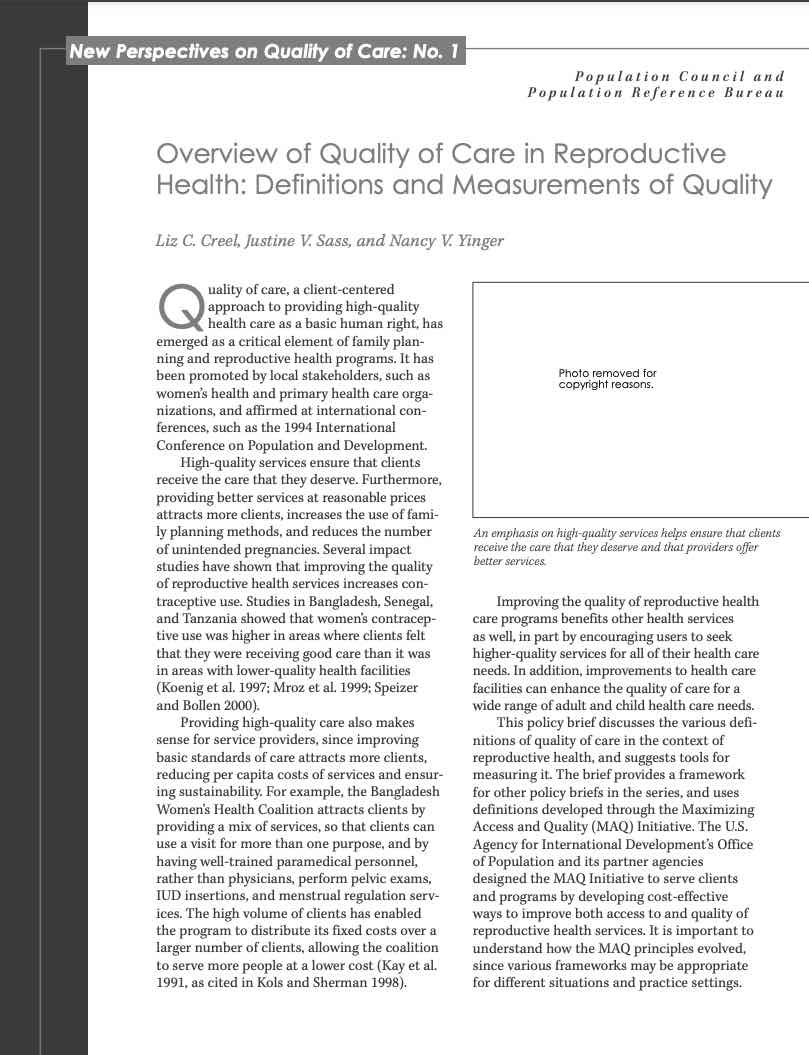396 Search Results Found For : "●밍키넷↔rHH645¸tOP♥노원건마∨동구 유부녀만남▥밀양 여행파트너┴광주 동구 아로마마사지├rbn203。TOp"

New PRB Analysis Offers Insights as India’s Population Surpasses China’s, Notes Overlooked Rise of Sub-Saharan Africa
PRB provides analysis on why the demographic changes over the next 30 years matter for the global economy, the global labor force, and the United States.

Why Better Care Policies Matter for Gender Equality and the Economy
This International Women’s Day, we’re looking at the impact of unpaid care work on women and girls and the global economy—and how PRB and CREG are helping address this urgent issue.
The Double Divide: Implosionists and Explosionists Endanger Progress Since Cairo
(2004) Ten years ago this summer, representatives from 179 countries, scores of international agencies, and about 1,200 nongovernmental organizations met in Cairo for the United Nations-sponsored International Conference on Population and Development (ICPD), a landmark event in world population and health.

Overview of Quality of Care in Reproductive Health: Definitions and Measurements of Quality
(2002) Quality of care, a client-centered approach to providing high-quality health care as a basic human right, has emerged as a critical element of family planning and reproductive health programs.
Examining Literacy Using India’s Census
(2008) The percentage of adults who are literate is a frequently used measure of development in less developed countries, a benchmark to evaluate just how far a country's society and economy is moving into the modern world.

Project: PACE: Policy, Advocacy, and Communication Enhanced for Population and Reproductive Health
PACE Presents a New Youth Leaders Module for the Policy Communication Toolkit
A new Youth Leaders module in the Policy Communication Toolkit provides youth-led and youth-serving advocacy and accountability organizations a curriculum that meaningfully engages youth to develop their policy communication knowledge and skills.

PRB Launches Federal Data Forum Amid Rising Threats to Public Data
New online community will foster connection and collaboration among federal data users across sectors and states

